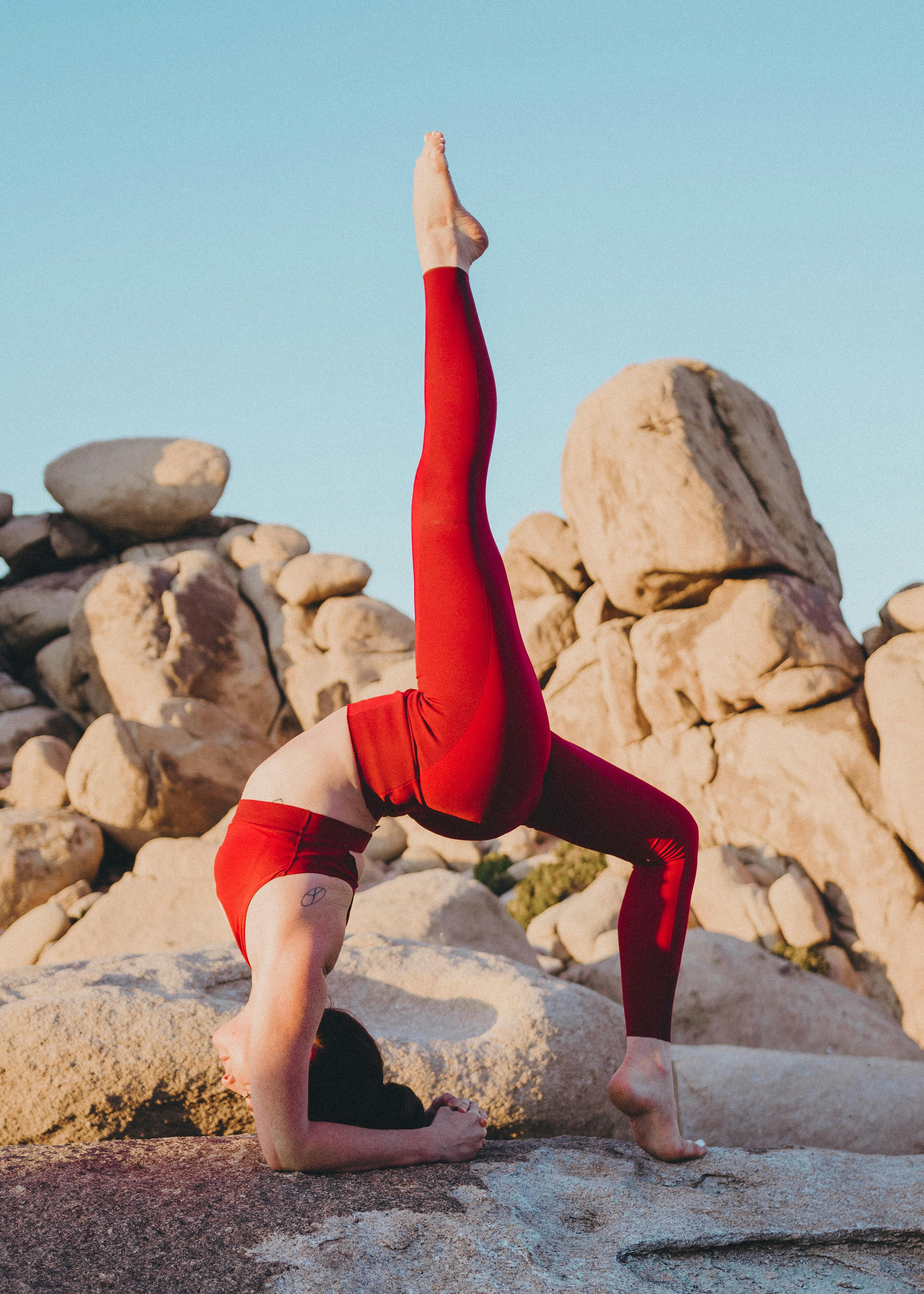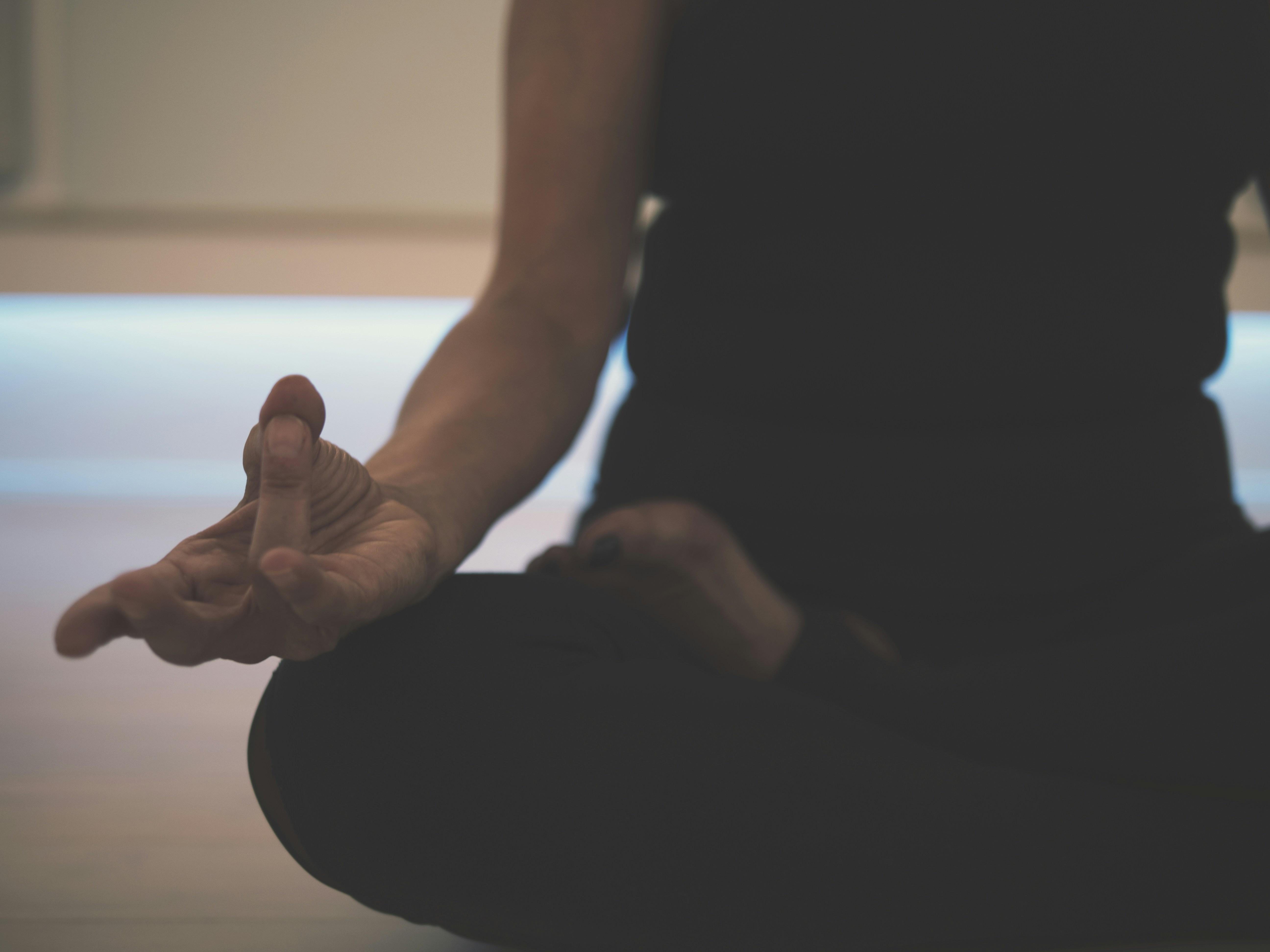In the ceaseless whirl of modern life, where the cacophony of deadlines, responsibilities, and digital distractions reigns supreme, finding a moment of tranquility can feel like an elusive dream. Yet, nestled within the folds of our frenetic routines lies a quiet sanctuary—mindfulness. This ancient practice, with roots stretching deep into the soil of human history, offers a beacon of calm amidst the storm. In this article, we will embark on a journey through the most effective mindfulness practices, uncovering the secrets they hold for reducing stress and anxiety. Whether you are a seasoned meditator or a curious newcomer, these techniques promise to guide you towards a more serene and balanced existence.
Breathing Techniques to Calm the Mind
Mastering your breath can be a powerful tool for achieving mental clarity and tranquility. Here are a few techniques to help you center yourself:
- Box Breathing: Inhale for a count of four, hold your breath for four seconds, exhale for four seconds, and then hold again for four seconds before repeating. This technique helps to slow down your heart rate and calm your mind.
- 4-7-8 Breathing: Inhale through your nose for four seconds, hold the breath for seven seconds, and exhale slowly through your mouth for eight seconds. This method can be particularly effective for reducing anxiety and preparing for restful sleep.
- Alternate Nostril Breathing: Using your thumb to close one nostril, inhale deeply through the open nostril, then switch and exhale through the other. This practice balances the body’s energy and promotes mental clarity.
Integrating these breathing exercises into your daily routine can create a serene space in your mind, allowing you to navigate life’s challenges with greater ease.

Mindful Movement: Yoga and Tai Chi
Mindful Movement practices like yoga and Tai Chi are powerful tools for alleviating stress and anxiety. These ancient disciplines focus on the connection between the mind, body, and breath, promoting a state of calm and inner peace. Through gentle, flowing movements and mindful breathing, practitioners can experience a profound sense of relaxation and mental clarity.
- Yoga: Incorporates various postures (asanas) and breathing techniques (pranayama) to balance the mind and body. It encourages mindfulness by emphasizing present-moment awareness and bodily sensations.
- Tai Chi: Often described as “meditation in motion,” this practice involves slow, deliberate movements coordinated with deep breathing. It enhances mental focus, reduces tension, and promotes a sense of harmony and balance.
Both practices offer numerous benefits, including improved flexibility, enhanced mental clarity, and reduced symptoms of anxiety and depression. By integrating these mindful movements into your daily routine, you can cultivate a greater sense of well-being and resilience against life’s stresses.

The Power of Guided Meditation
Imagine finding a serene space within your mind where worries melt away and tranquility takes over. This is the essence of guided meditation, a powerful tool for cultivating mindfulness and alleviating stress. Guided meditation involves following the voice of a skilled practitioner, who gently directs your focus and helps you navigate through layers of relaxation and mental clarity. The benefits are profound and multifaceted, offering a respite from the chaos of daily life.
- Stress Reduction: By focusing on calming imagery and soothing instructions, guided meditation helps reduce cortisol levels, leading to a more relaxed state.
- Improved Concentration: Regular practice enhances your ability to concentrate, making it easier to stay present and focused throughout the day.
- Emotional Balance: This practice aids in balancing emotions, making it easier to handle life’s ups and downs with grace.
Integrating guided meditation into your daily routine can be as simple as setting aside 10-15 minutes each day. With numerous apps and online resources available, finding the right guide for your needs has never been easier. Allow yourself the gift of mindfulness and experience the transformative power of guided meditation.

Incorporating Mindfulness into Daily Routines
Integrating mindfulness into everyday activities can transform mundane tasks into opportunities for relaxation and reflection. Begin by infusing mindfulness into your morning routine. As you brush your teeth, focus on the sensation of the bristles, the taste of the toothpaste, and the sound of the water. This simple act can set a tranquil tone for the day ahead.
Consider incorporating mindfulness during meals. Savor each bite, paying attention to the flavors, textures, and aromas. This practice not only enhances your dining experience but also encourages a healthier relationship with food. Other daily activities that can benefit from mindfulness include:
- Walking: Feel each step, notice the ground beneath your feet, and observe your surroundings.
- Showering: Focus on the sensation of water on your skin, the temperature, and the sound of droplets.
- Breathing: Take a few moments throughout the day to engage in deep, mindful breathing. Notice the rise and fall of your chest and the flow of air.
By weaving these mindful moments into your daily life, you can cultivate a sense of calm and presence, effectively reducing stress and anxiety.





